The Biden administration has begun to outline the results of its recently completed review of policy toward North Korea, but only in general terms apparently designed to preserve its negotiating options and avoid giving its critics an early target to shoot at.
The administration has adopted the tried-and-true public diplomacy technique of portraying its approach as the golden mean between two previously unsuccessful approaches. A U.S. official told The Washington Post that the Biden administration is seeking something between the Trump administration’s “everything for everything” grand bargain with Pyongyang (involving total sanctions relief for complete and early denuclearization) and the Obama administration’s “nothing for nothing” posture of strategic patience (characterized as withholding engagement with the North until it changed its behavior).
Instead, the Biden team would “offer relief for particular steps” with the “ultimate goal of denuclearization.” This suggests that the administration remains committed to the U.N.- mandated goal of totally eliminating Pyongyang’s nuclear weapons capability — and is unwilling to accept North Korea as a permanent nuclear-armed state, as some observers have recommended — but is planning to pursue that goal in an incremental manner, offering partial sanctions relief in exchange for partial steps toward denuclearization.
If the administration gains diplomatic traction with the North, it will eventually have to make a persuasive public case for the step-by-step approach.
The administration is reluctant to apply the label “step by step” to its approach, presumably because such an incremental approach has received criticism on the grounds that North Korea could refuse to take further steps down the path toward denuclearization after reaping the benefits it would receive from agreeing to initial steps. There are strong arguments for proceeding step by step, especially compared to the futility of compelling Pyongyang to abandon its nuclear deterrent completely and in the near future. If the administration gains diplomatic traction with the North, it will eventually have to make a persuasive public case for the step-by-step approach. But it probably sees little value in detailing and defending such an approach now, before diplomatic engagement has even begun.
The Biden administration seems prepared to associate itself with some elements of its predecessors’ North Korea policies, including the joint statement adopted by President Donald Trump and North Korean leader Kim Jong Un at their Singapore summit meeting in June 2018. The Washington Post quoted a second U.S. official as saying the administration would build on the Singapore agreement and other previous agreements.
The Singapore statement called for parallel progress toward the goals of complete denuclearization of the Korean Peninsula, peace and security on the peninsula, improved U.S.-North Korean relations, and the repatriation of American prisoners of war and missing in action remains from the Korean War. South Korean President Moon Jae-in has urged the Biden administration to express support for the Singapore framework, a move that he believes will be welcomed by Kim Jong Un as an acknowledgement of one of his personal achievements and will increase the likelihood of North Korea coming to the negotiating table.
Other than maintaining that it will avoid the mistakes of its predecessors, issuing some expected reaffirmations (the goal of denuclearization), and providing some interesting tidbits (support for the Singapore framework), the Biden administration has so far relied mainly on generalities in publicly outlining the results of its review of North Korea policy, using language like “calibrated, practical, measured approach” and similar formulations intended to be reassuring and unassailable.
This is understandable. The details of the administration’s approach will evolve as it continues its consultations on North Korea, first and foremost with allies South Korea and Japan as well as with other interested and influential states, especially China. Moreover, the administration recognizes that diplomacy can often be most effective if kept out of the public eye. And given the highly controversial nature of negotiations with North Korea, it probably wishes to avoid a public fight on the specific elements of its approach at this very early stage of the process – indeed, when prospects for diplomatic engagement remain uncertain, as illustrated by Pyongyang’s threat to carry out provocative activities (“corresponding measures”) in response to what a senior North Korean official called the “hostile policy” reflected in President Joe Biden’s recent address to a joint session of Congress.
So, much is still publicly unknown about the Biden administration’s North Korea policy. Indeed, much is still probably undecided within the administration. The following critical questions remain unaddressed so far by the public rollout of the Biden policy:
- Although the administration has reaffirmed the “ultimate goal” of denuclearization, will it pursue that goal in a single agreement that provides for a long-term roadmap of reciprocal, sequential steps that leads all the way to complete denuclearization in an agreed timeframe? Or will it seek an initial, first-stage agreement that limits North Korean capabilities and obligates the parties to pursue follow-on agreements to move further down the path to complete denuclearization — but without specifying an agreed deadline?
- Whether incremental steps toward complete denuclearization are provided for in a single, long-term agreement or in more than one agreement, what limits on North Korean capabilities will the U.S. seek in an initial step? Shutting down only the declared nuclear complex at Yongbyon or going beyond Yongbyon to shut down activities at currently undeclared facilities elsewhere in North Korea? Banning nuclear tests and flight tests of only long-range missiles or also banning flight tests of shorter-range missiles? Focusing only on capping North Korean capabilities or requiring some reductions of existing nuclear weapons or ballistic missiles?
- How will such an initial step be verified? By North Korean implementation of the International Atomic Energy Agency’s basic Comprehensive Safeguards Agreement, by application of the more extensive provisions of its Additional Protocol, by adoption of the unique monitoring and inspection arrangements accepted by Iran in the Joint Comprehensive Plan of Action (JCPOA), or by unique measures tailored to the specific circumstances of the North Korean case?
- What will North Korea receive in exchange for accepting initial limits on its nuclear and missile programs? Partial relief from U.N. and U.S. sanctions? Will certain sanctions be removed or scaled back? Will sanctions relief be subject to snap-back in the event of North Korean non-performance? Will exceptions be made to existing sanctions to allow specific inter-Korean projects to proceed? Will “compensation” to Pyongyang include steps toward peace on the Korean Peninsula, including a declaration to end the Korean War? Steps toward normalization of U.S.-North Korean relations, including establishment of liaison offices in capitals? Security assurances regarding the use of force or nuclear weapons?
- Should the United States seek a bilateral agreement with North Korea? Or should bilateral engagement take place within a multilateral framework in which other key states — perhaps including South Korea, China, Japan, and Russia — participate in negotiations, become parties to the agreement, and play critical roles in implementing and enforcing it?
In time, the public will learn how the Biden administration plans to address these and many more questions and will be in a better position to assess the administration’s overall approach to North Korea. Meanwhile, the administration’s gradual and selective rollout of its policy review makes sense. It needs more time to consult with other states, seek their support for its policies, and make any needed adjustments. It wants to give itself some negotiating flexibility with the North Koreans. And at a time when it’s engaged in the controversial effort to reach agreement with Iran on a mutual return to full compliance with the JCPOA, the Biden team may be reluctant at this stage to provide the grist for the inevitable domestic political fight over North Korea policy.
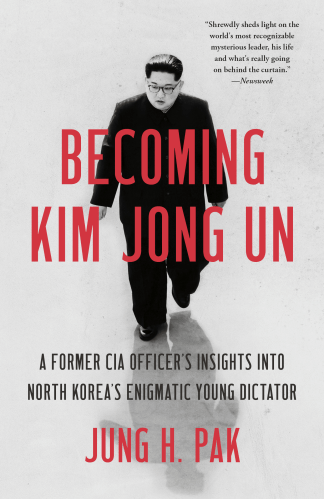
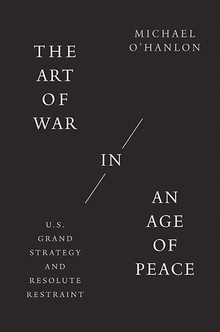
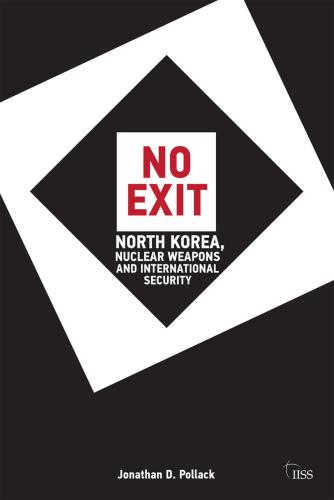
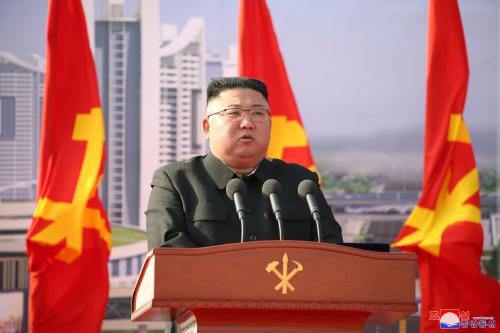
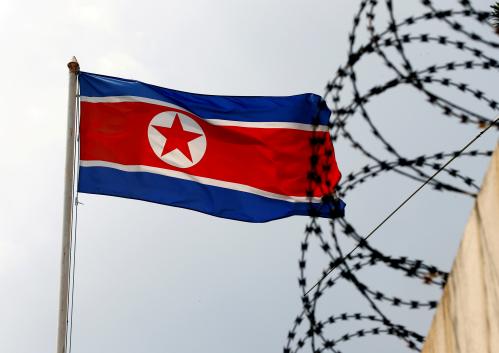
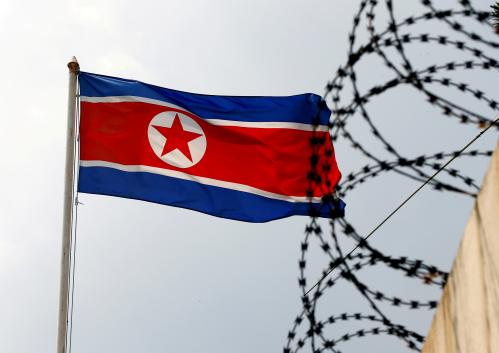

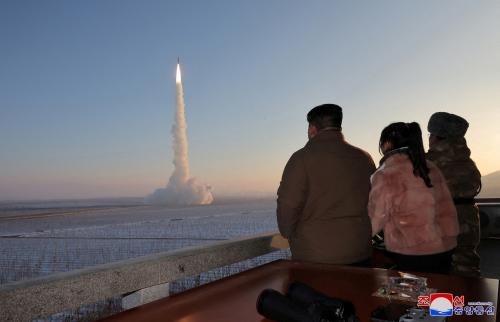
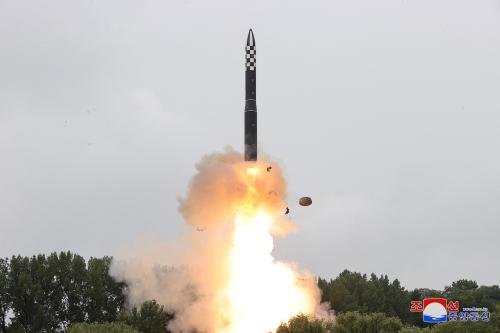
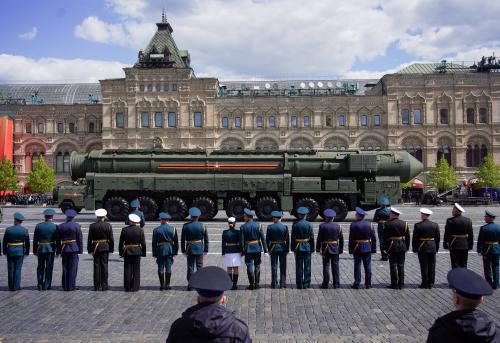
Commentary
The rollout of the Biden administration’s North Korea policy review leaves unanswered questions
May 4, 2021